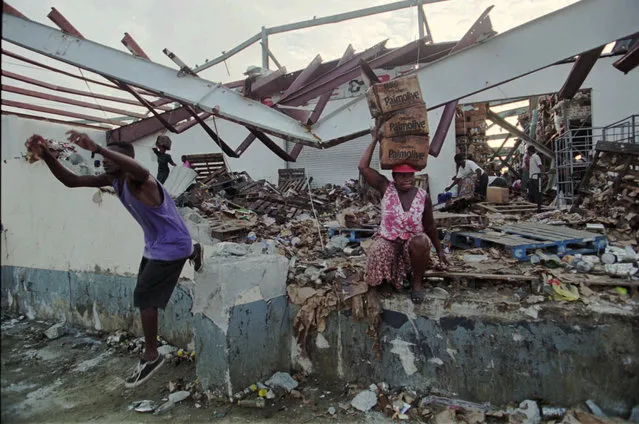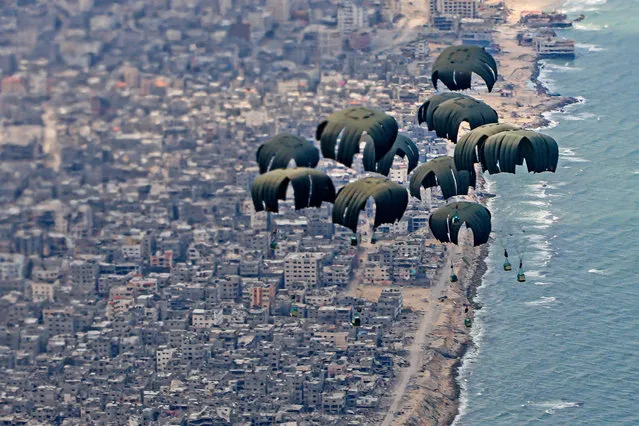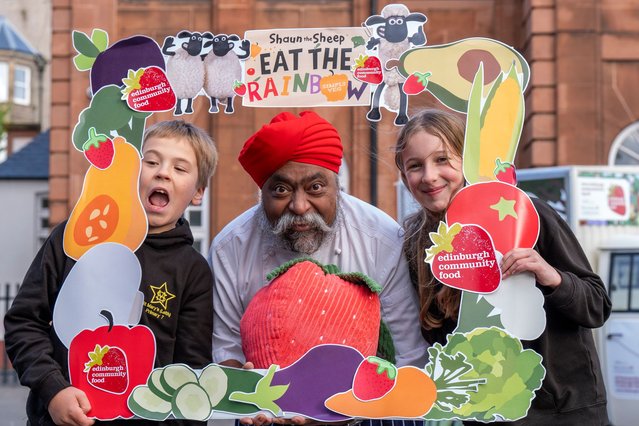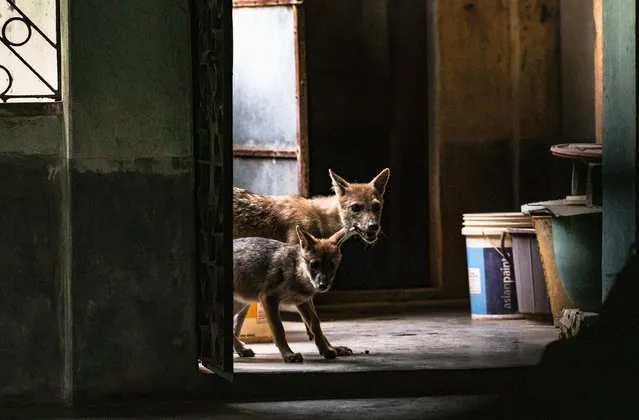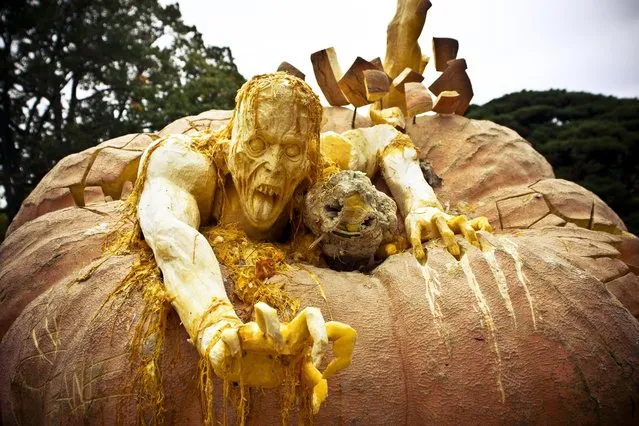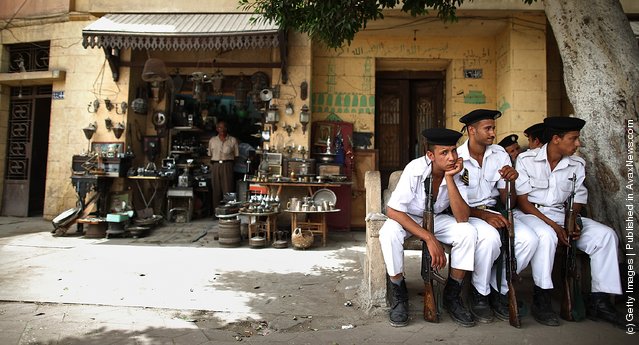
Masks that come with T'antawawas bread are displayed in a popular market of La Paz, October 27, 2015. Residents of La Paz city have started to prepare offerings for their dead relatives next Sunday as part of the All Saints' Day celebrations. The offerings include things the deceased liked during their life, such as fruits, food, breads and drinks, according to local media. (Photo by David Mercado/Reuters)
01 Nov 2015 08:06:00,post received
0 comments

